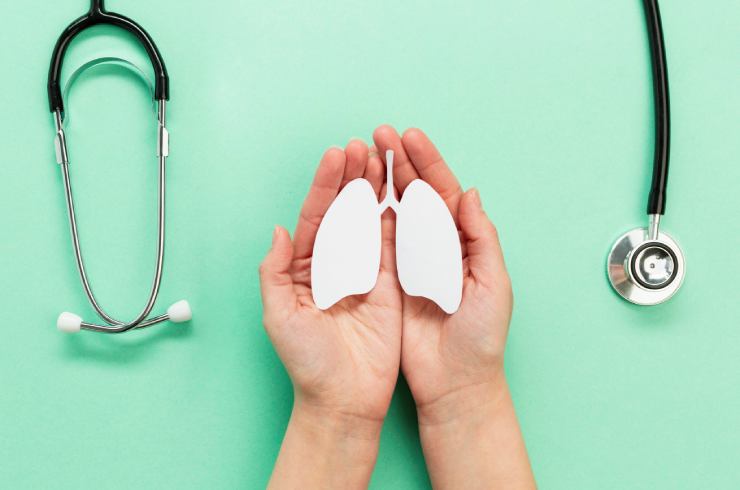Pulmonary Infections

Pulmonary Infections: Protecting Your Lungs from Harmful Invaders
Pulmonary infections refer to infections that affect the lungs and breathing passages. These can range from mild to severe and can affect anyone—but children, older adults, and people with weak immune systems are at higher risk.
These infections are typically caused by bacteria, viruses, or fungi and can lead to inflammation, fluid buildup, and difficulty breathing. Common types include pneumonia, bronchitis, tuberculosis, and fungal lung infections.
Common Pulmonary Infections:
Pneumonia – Infection that inflames the air sacs (alveoli) in one or both lungs
Bronchitis – Inflammation of the bronchial tubes that carry air to the lungs
Tuberculosis (TB) – A serious bacterial infection caused by Mycobacterium tuberculosis
Fungal infections – Like aspergillosis or histoplasmosis, often affecting those with weakened immunity
Symptoms to Watch For:
Persistent cough (with or without mucus)
Fever and chills
Chest pain or discomfort
Shortness of breath
Fatigue or weakness
Wheezing
Coughing up blood (in severe cases)
What Causes These Infections?
Airborne viruses and bacteria (from colds, flu, or COVID-19)
Weakened immunity (due to chronic illness or medications)
Smoking
Exposure to infectious environments or people
Diagnosis and Treatment:
Pulmonary infections are diagnosed using physical exams, chest X-rays, blood tests, sputum cultures, or CT scans. Treatment depends on the cause:
Antibiotics for bacterial infections
Antiviral medications for viruses
Antifungal drugs for fungal infections
Supportive care like oxygen therapy, rest, and fluids

